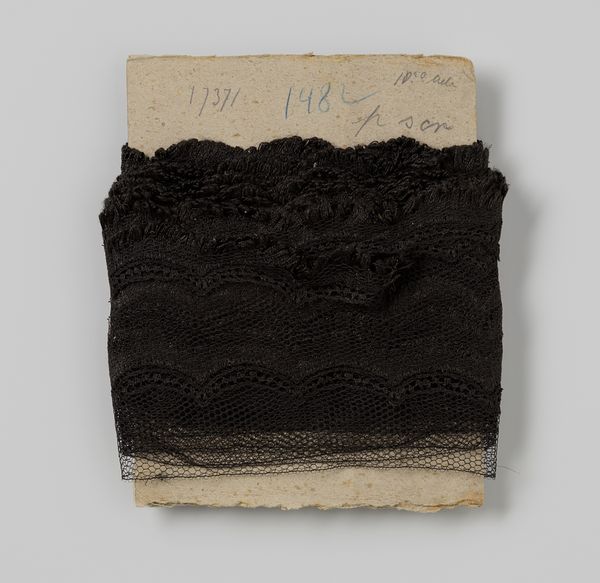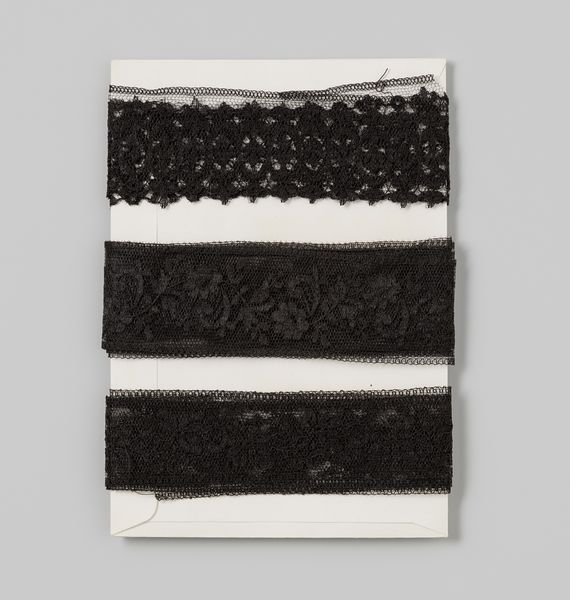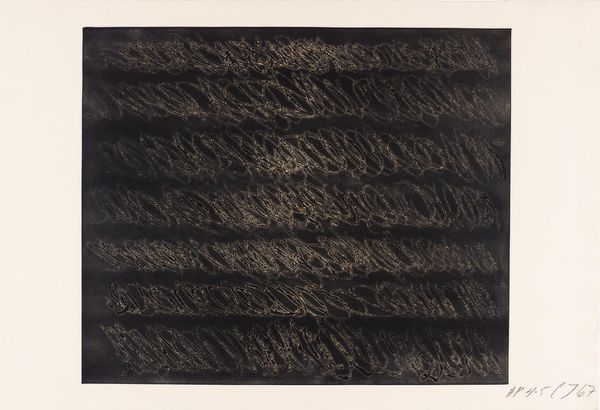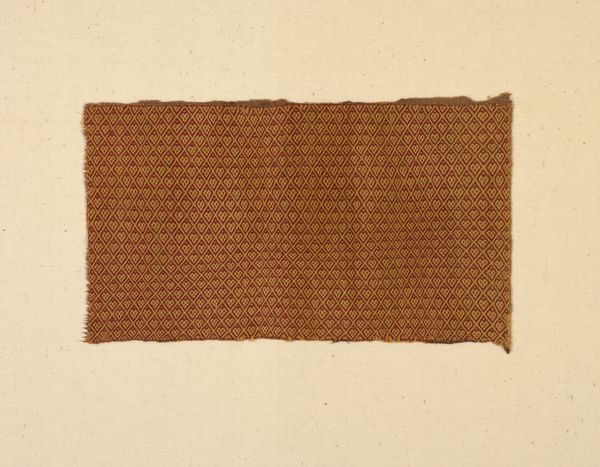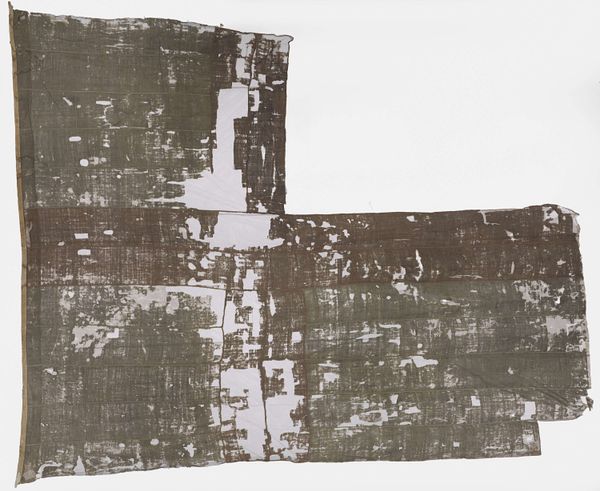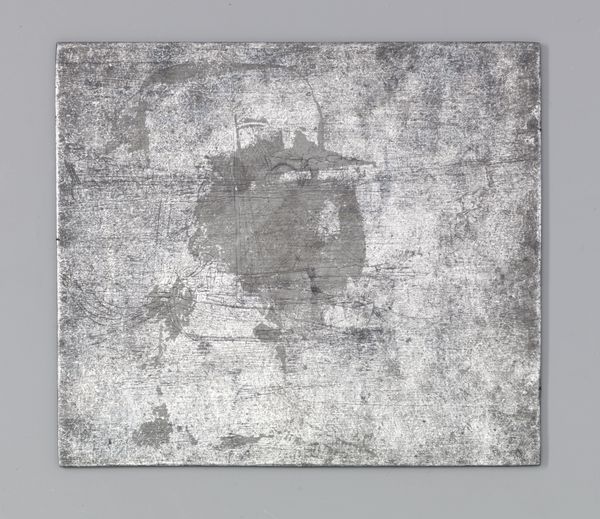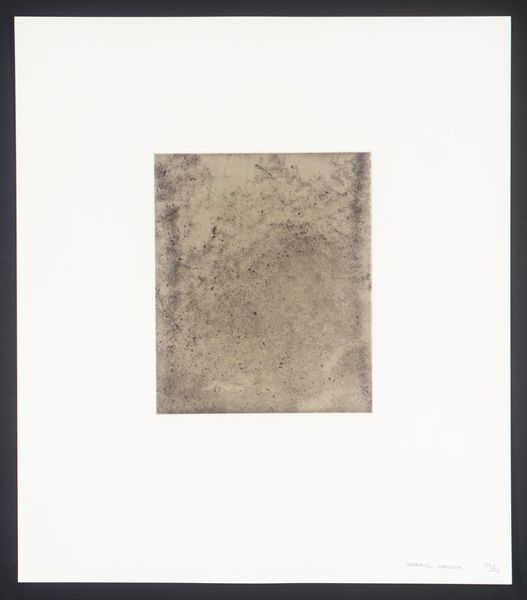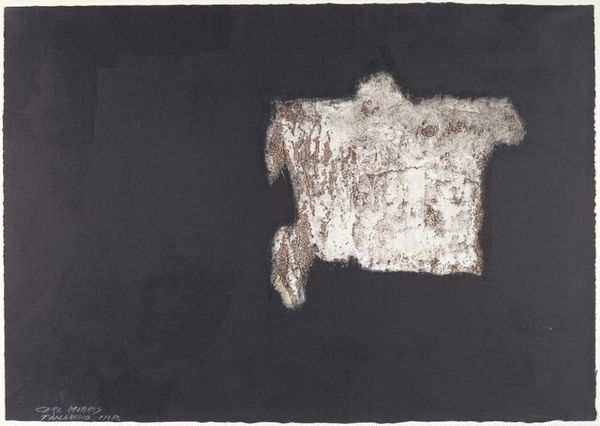
Fragment van een mantel van ciseléfluweel met kloskant, volgens overlevering afkomstig van Hugo de Groot c. 17th century
0:00
0:00
fibre-art, weaving, textile
#
fibre-art
#
baroque
#
weaving
#
textile
Dimensions: height cm, width cm
Copyright: Rijks Museum: Open Domain
This fragment of cut velvet and bobbin lace cloak, now housed in the Rijksmuseum, is said to have belonged to Hugo de Groot. More widely known as Grotius, de Groot was a jurist in the Dutch Republic during its Golden Age. His intellectual defense of free seas provided the young nation with a legal basis for its burgeoning global trade. He also argued for a more unified and tolerant Christianity, which in turn influenced the development of international law. Given the cloak’s luxurious materials, we might surmise that it was made for a member of the Dutch elite during the 17th century. And the fact that this fragment was saved, even after its disuse, suggests the reverence with which the Dutch held their leaders. By studying the material culture of the Dutch Golden Age and tracing the provenance of objects like this cloak, we can better understand the social and political climate that shaped the development of the Dutch Republic and its legacy in international law.
Comments
No comments
Be the first to comment and join the conversation on the ultimate creative platform.
